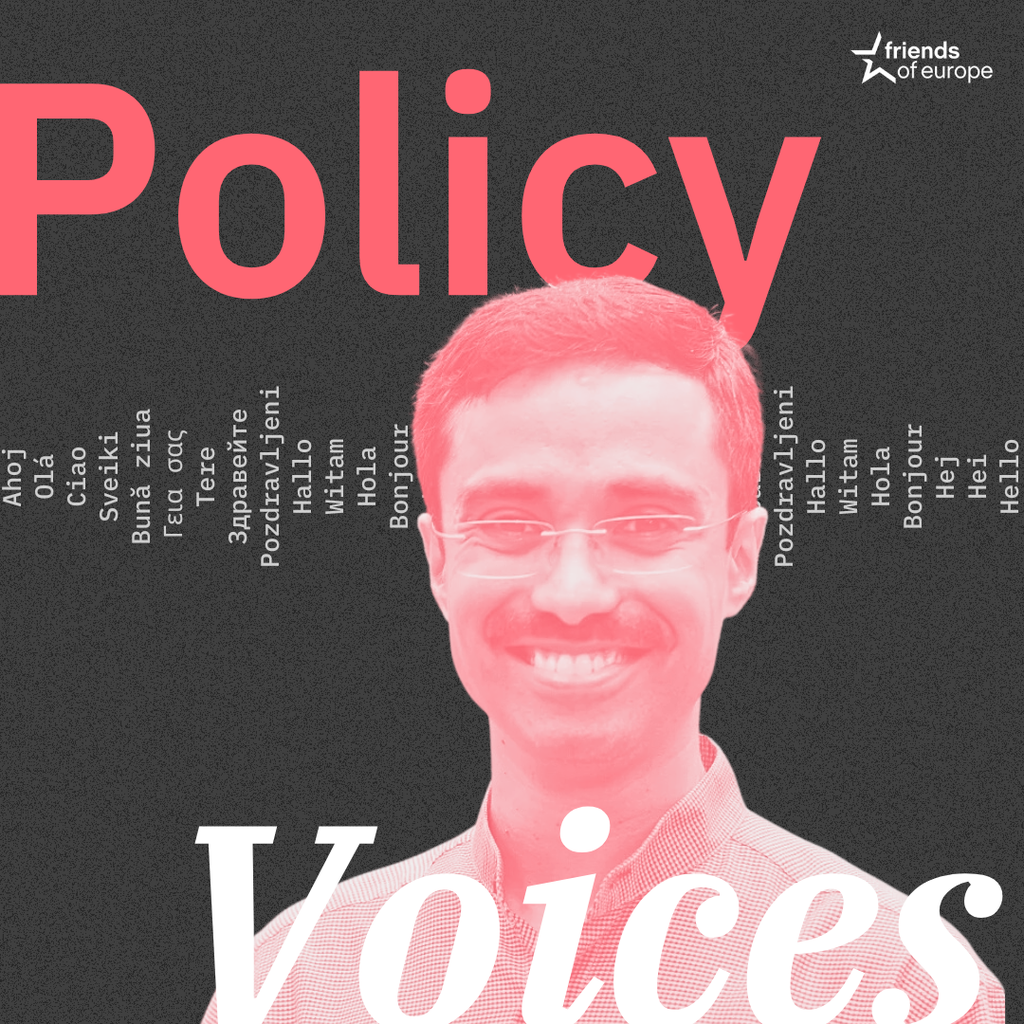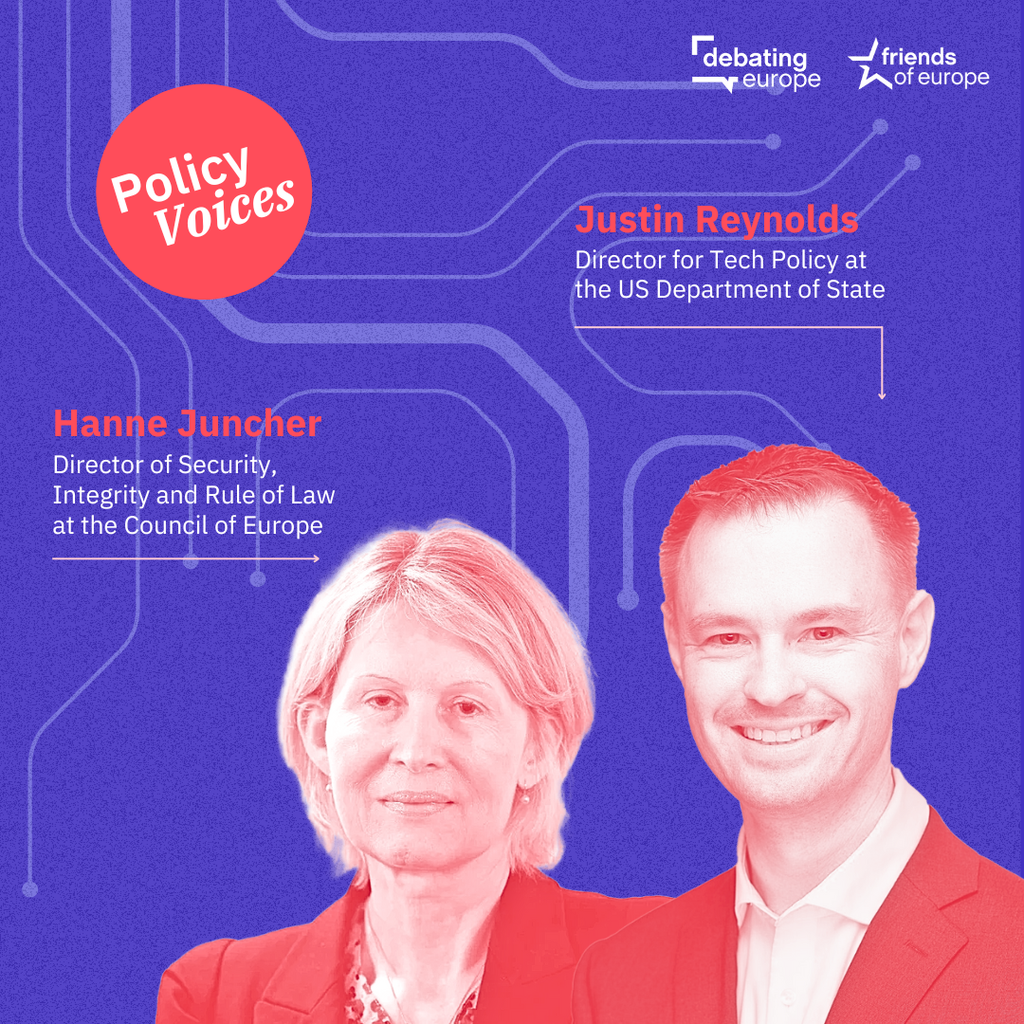A European agenda for space: resilience, security and sovereignty
Past event In person

- Area of Expertise
- Digital & Data Governance

Executive Director of the European Citizen Action Service (ECAS)
Assya Kavrakova is the Director of the European Citizen Action Service (ECAS)
Digital technology has become an integral part of daily life for shopping, work and media consumption and is continuing its encroach upon the physical world with the development of the Internet of Things. Less well-known, however, are digital initiatives in democracy.
Latvia has set up an on-line platform – ManaBalss – for crowdsourcing legislation. It was visited by over 70 per cent of Latvian citizens last year, helping to shape the agenda of the country’s parliament. The city of Paris is using crowdsourcing to decide on how 5 per cent of its investment budget is to be allocated: Mayor Anne Hidalgo said she was “handing the keys of the budget to the citizens”. After the 2008 financial crisis and the subsequent protests, Iceland decided to crowdsource a new constitution based on work carried out by a national assembly of 1500 people, of which 1200 were randomly selected from the national registry.
The experiments carried out so far have had mixed results. Parisians chose to invest in a variety of projects, in particular those related to the environment. These included vegetation walls to improve biodiversity in addition to the introduction of learning gardens in primary schools.
Iceland, on the other hand, is not yet using its crowdsourced constitution. Though it won the support of 67 per cent of voters when it was proposed in a national referendum, the parliament has not adopted yet it. Nevertheless, the experience paved the way for the creation of numerous citizen-inspired practices that are taking place in the country today.
Digital technology has become a part of daily life for shopping, work and media consumption
Backing up these examples, an assessment conducted by the European Citizen Action Service (ECAS) of 27 national case studies showed that crowdsourcing tools can be an important component of democratic innovation. They can enhance participation through the engagement of young people and by involving citizens and civil society beyond the typical stakeholders.
These digital methods can also provide a learning process for both citizens and decision-makers by encouraging the real-time exchange of views on the content and process of policies and policymaking. Fresh and innovative ideas for shaping policy based on the wisdom of the crowd can emerge, allowing hidden expertise into the debate. Finally, digital participation increases the legitimacy of policymaking, which is necessary in the EU now more than ever.
Further efforts are needed, however, to maximise the benefits of digitally-enabled participatory democracy.
Digital democracy methods alone cannot ensure representation, so they must be applied in a way that complements traditional democratic processes. Digital innovations should also be accompanied by sound policies to ensure privacy, promote new media and combine online and offline activities. Digital media literacy also needs to be strengthened. The younger generation, on the one hand, spend a significant amount of time online and are generally less interested in traditional forms of political participation, while older people, in contrast, are often misinformed, something that can have a detrimental impact on important votes, as has been seen recently.
Without advances in these areas, any framework for digital democracy is at risk of backfiring – a serious problem for the functioning of democracy as a whole. At present, most EU member states lack well-developed policies in media literacy, though there are exceptions such as Germany, the Netherlands, Finland and Sweden. A Pan-European approach to media literacy is a must.
Digital democracy has the potential to contribute to the rejuvenation of the European project
Digital innovations have not been used sufficiently at European level either. The European Commission has funded some pilot projects that target youth e-participation, and some MEPs communicate digitally with their constituencies, but the digital democracy agenda is largely absent from strategic policy documents, such as the Commission’s Digital Agenda.
The European Citizens’ Initiative (ECI), which was established in 2012 to afford citizens the opportunity to propose subjects and topics for legislation at the European Commission, was this year declared unfit for purpose. Now, the Commission has vowed to revamp it. Although Article 11 of the Lisbon Treaty provides a legal basis for the Commission to engage citizens in its projects, the Commission’s online consultations fail to differentiate between, or accommodate, their diverse range of needs. This prevents citizens from contributing to the legislative process, as most consultations are highly technical and available only in a limited number of languages.
To reduce the gap between themselves and citizens, and transform the relationship into more of a partnership, EU decision-makers should embrace democratic innovation. They can do this by prioritising digital democracy policies as a means to increase citizen engagement in the Digital Single Market. Moreover, they should use digital tools to interact with young people where they naturally are – in the digital space – instead of waiting for young people to engage in politics as currently practised.
Digital democracy has the potential to contribute to the rejuvenation of the European project and to the creation of an engaged citizenship. This can happen only if both decision-makers and citizens grasp the opportunities of the digital transformation.
Past event In person

Next event In person & livestreamed

Past event Online

Past event In person





Stay informed
We use cookies and similar technologies to adjust your preferences, analyze traffic and measure the effectiveness of our campaigns. Learn more about our privacy policy.